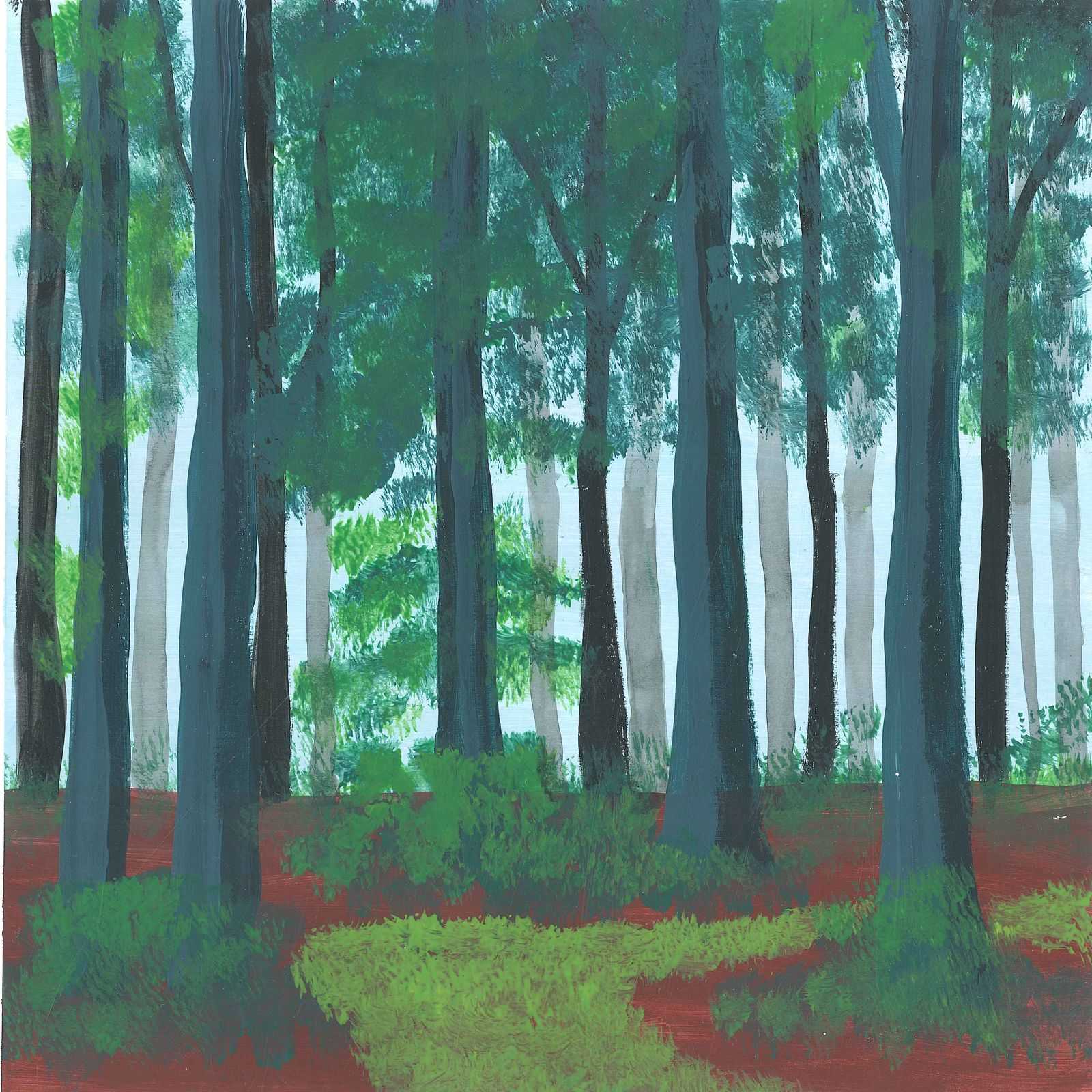
Forest Raindrops
Moody early morning in the virgin, UNESCO-protected primeval beech forest “Krokar” hidden away on a mountain plateau. Autumn time brings minimal bird activity, some red deer calls, and calming raindrops falling from the wet canopies of huge, ancient trees.
The biggest, most noticeable difference between the primeval beech forest and a “regular” one is that there are many naturally fallen, huge trees lying on the ground, or some still half-standing—I call them totems. These fallen giants are still functioning and providing a positive impact on the whole ecosystem, even after they are no longer alive. They are giving nutrients to the soil, providing a home for various insects, birds, and animals, and providing a medium for mushrooms and more. After they fall, they can still last from 40 to even more than 100 years old, slowly decomposing and giving life to others. In comparison to the most common, human-touched and regulated forests that most people are used to, the grounds are always “clean.” A primeval forest means that throughout its whole history, it was never touched, interfered with, or managed by a human. It is left completely to a natural process.
